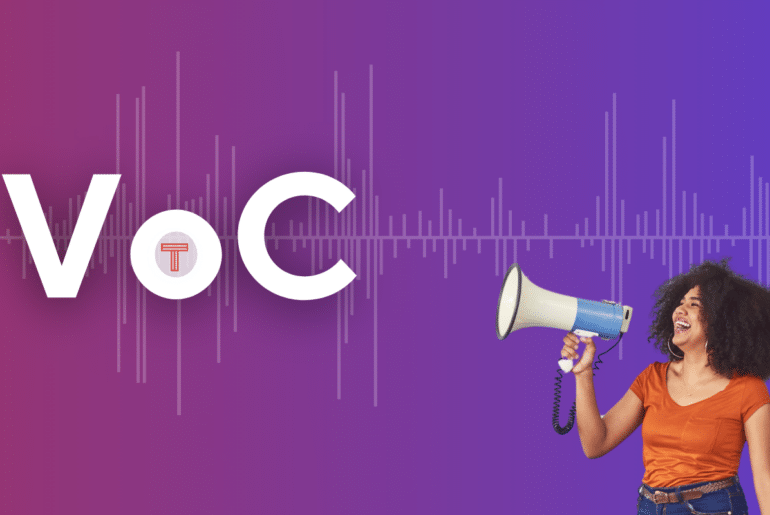Let’s say my friend and I are the same age – we grew up in the same town, graduated from the same high school, and then graduated college at the same time too. Since we’re in the same age range, a typical marketer would communicate with us in the same way. However, what if I’m still living at home and commuting to work while he has a wife, a child on the way, and is buying a home? While we may be in the same generation, we’re certainly in different stages of our lives.
Marketers today often use generational marketing and segment consumers by age ranges. While an important part of segmentation, generational marketing creates broad, overgeneralized, and ineffective messaging.
For example, consumers in the Millennial age generation (born in 1981-1996) could currently be going through many different life stages: moving out, getting married, buying a home, having kids, or have been parents for many years already. An effective message to a Millennial who is just moving out is not the same as a Millennial who is college hunting with their children.
Instead, marketers need to use key milestones in consumers’ lives to reach them at the right moment with a personalized and relevant offer.
While age range or generational marketing has long been the dominant form of segmentation, life-stage marketing has proven to be much more lucrative for the savvy marketer. Targeting life stages enables marketers to deeply segment a generation into specific phases of adulthood and craft a more relevant message and better offers.
However, for many, the question still remains: is there a reliable way to market to a consumer regardless of life stage? The simple answer is yes.
Word-of-mouth transcends life stage and is the most influential factor for prospective consumers. In fact, 90 percent of consumers worldwide are much more likely to trust a recommended brand—even if it’s recommended by a complete stranger!
Our research shows that a word-of-mouth recommendation scores highly across adults going through most milestones.
We’ve gathered tips and stats on major life stages to help you understand how to use word-of-mouth recommendations to reach your consumers more effectively.
Newly Independent
The Newly Independent phase sees young consumers transition to fully self-sufficient adults. This includes finishing higher education, beginning a career, moving out, and for many eventually, marriage.
Newly independent consumers are eager to move up in the world, often bouncing around between rented living spaces and career paths. They’re often purchasing high-cost technologies and appliances if they own living space and are spending more than $9,700 in the first 180 days of moving.
Another large part of the Newly Independent phase is finding a bank to open a savings account and take out their first long-term loan (excluding the increasingly common student loans) on an apartment, house, or car.
Our research shows that 41 percent of consumers are influenced by reviews from friends or family when making a financial decision, and 49 percent recommend credit cards and banking services to others several times a year.
Marketers scramble especially hard for Newly Independent consumers as they are five times more likely to become long-term customers when choosing a brand for the first time.
New Parents
Often, not long after marriage, Newly Independents have established a long-term living situation and are starting families. Their primary purchases revolve around clothing, toys, electronics, food, and furniture for their new child(ren). In fact, 43 percent of new parents plan on buying new furniture for their child, 33 percent are beginning a new home renovation, and 61 percent of new parents intend to buy a new tablet or other technology.
Since these products are for children, new parents often take a lot of time researching and looking for recommendations before making a purchase. Our research shows that for both moms and dads, social media and word-of-mouth recommendations are the most impactful in convincing them to purchase a product: 63% of parents report friends and family are the most important influencers in their buying process.
Post-Parenting and Retirement
As children grow up and transition into college, most parents are thinking about retirement and dedicating time to personal hobbies. One major hobby during this life stage is traveling. In fact, the baby boomer generation is the most likely to travel both domestically and abroad—they average about 4-5 trips a year.
During the pandemic, older travelers’ plans were disrupted and over half say they took fewer trips than anticipated in 2021. But they saved their money and vacation days and are returning to travel with larger budgets and more time to explore.
Social proof serves as important inspiration for planning their next vacation, with over half saying their friends and followers’ Facebook images inspired them to book trips. And recent studies prove the right word-of-mouth recommendation can override negative reviews when selecting a hotel to book.
Gather the Life Stage Data You Need With an Online Community
With an online brand community, you can collect zero party data that helps you align your marketing efforts with your consumer’s lives. TINT’s progressive member profiles grow more robust over time, continually adding data from community members’ actions, social activity, and survey responses to stay current with their different life stages.
The best part? That data is yours. Use it to personalize their community experience. And connect it to your CRM to fuel all of your marketing efforts.
Learn more about the importance of zero party data here.



